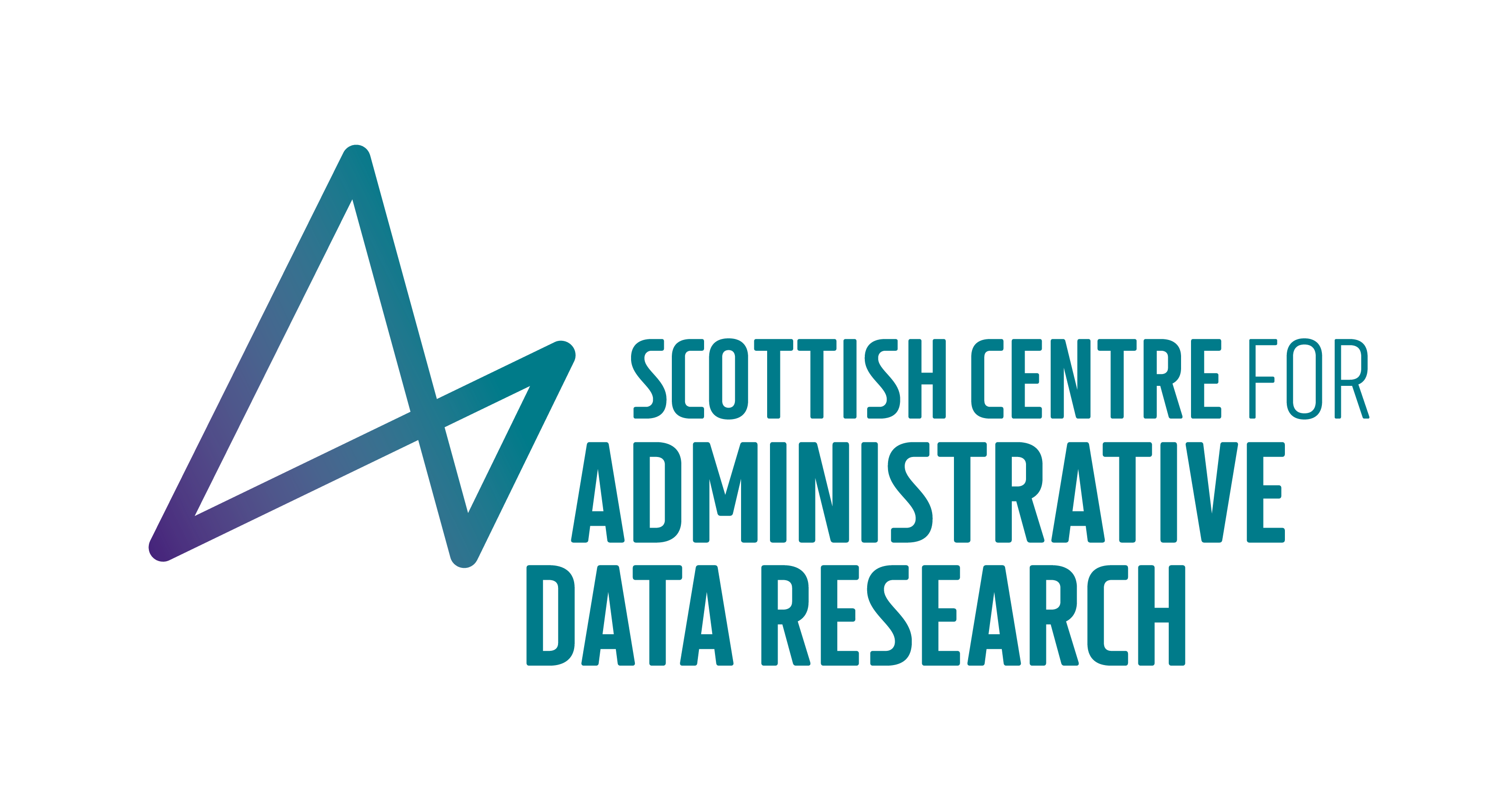BLOG - How is repeated violence linked to other types of vulnerability?
Whilst crime in Scotland has declined since the early 2000s, data shows little change in the level of risk amongst victims of repeated violent episodes.
Violence in Scotland
Crime – including violence - in Scotland has plummeted since the early 2000s. While this is certainly good news in terms of public and community safety, a closer look at the data shows that not everyone has benefited from the crime drop. In fact, those who experience repeated episodes of victimisation – especially violence - have seen little change in their levels of risk, which means that victim inequality has widened.
Violence in Scotland, and especially repeat violent victimisation (or RVV), has been identified by the Scottish Government as a key public health priority. There is evidence to show that incidents of violent crime often take place in the context of alcohol, drugs and deprivation; however, very little is known about the extent to which people who experience violence also experience other types of public health challenges, such as mental ill-health, alcohol dependence or drug misuse. Better information about the interconnections between these areas of people’s lives could help to inform the development of more effective violence prevention approaches and, ultimately, save lives.
How administrative data can help reveal insights into the lives of victims
Scotland has a wealth of administrative data that can be used to explore this type of issue. For example, data from health records contains important information about people’s health vulnerabilities, and the Scottish Ambulance Service collects information on incidents that involve injury sustained as a result of assault or other violence. Pulling these types of administrative data together has the potential to reveal important insights into the lives of those who experience violence with a view to informing policy making and identifying potential preventative solutions.
Using administrative data has three key advantages. First, Scotland’s health datasets contain large amounts of data which allow researchers to conduct analysis of even rare events and compare the experiences of different groups of people in the population. Second, these datasets are protected by legal and ethical frameworks which mean that individuals are never identified, so people’s lives can be studied without any direct inconvenience or harm to them. In addition, researchers are subject to strict rules and must abide by the ‘5 safes’ principles to ensure that data are kept secure at all times and the findings are of benefit to the public. Third, these data are collected as part of everyday routine activities so it is not costly to turn this information into researchable datasets.
Fortunately, most people don’t experience violence. For those who do, the consequences can be painful and upsetting; however, for those who experience repeated violence, the implications for them – and their families, friends and even communities – can be severe and damaging. It is vitally important, therefore, that we identify ways of helping and supporting repeat victims of violence, and identifying ways to prevent it from happening. Knowing more about who these people are will help us to do that.
Our future research plans
The Safer Communities team at SCADR is developing a novel programme of research on violence and vulnerability using Scotland’s administrative data. Our aim is to identify the extent to which victims of violence, especially those who experience repeated incidents, have other underlying health vulnerabilities that might be contributing to their level of risk. Working in partnership with our research advisory group, which includes stakeholders from Police Scotland, the Scottish Ambulance Service, the Scottish Government and the Scottish Violence Reduction Unit, we aim to produce evidence-based insights that might help to further reduce violence, and the inequality gap between victims and non-victims not only in Scotland but also in other international contexts.
To find out more about this, and other amazing projects being developed by our team, please visit our Safer Communities page.
This article was published on 04 Apr 2022




